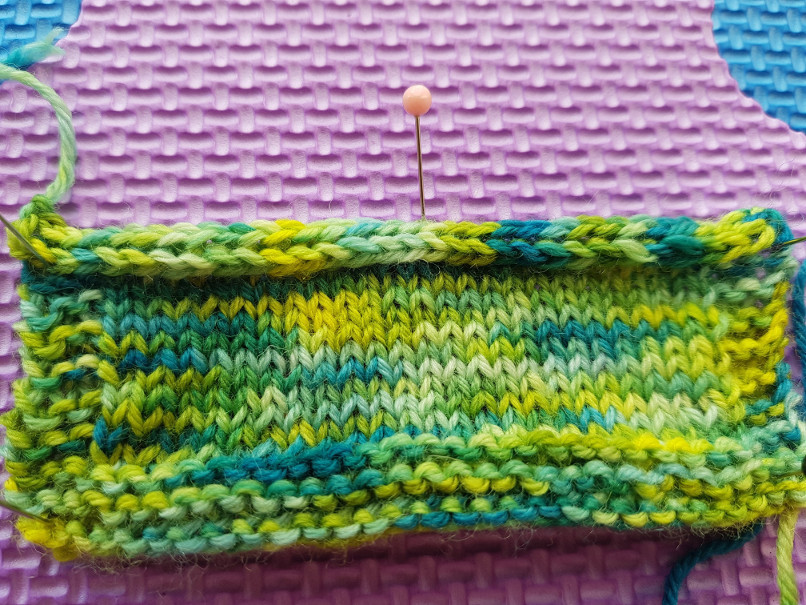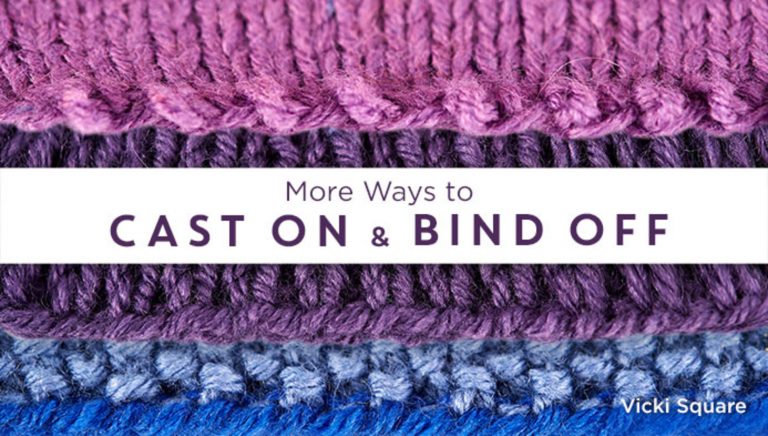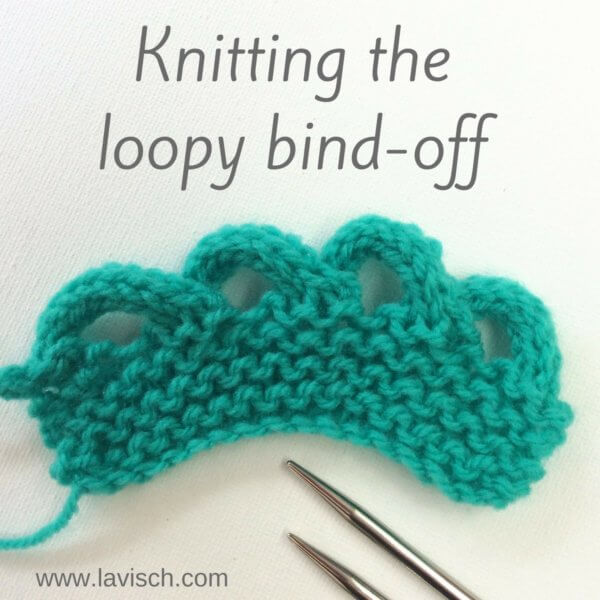As a passionate knitter, I can tell you that the cast-off is not just a practical step; it offers a chance to bring creativity to your knitting projects. Decorative cast-off knitting techniques not only secure your stitches but also add an eye-catching finish to your work. In this article, I’ll delve deep into various decorative cast-off methods, share personal anecdotes, and provide you with all the information needed to incorporate these techniques into your knitting repertoire.
What is Decorative Cast Off Knitting?
Decorative cast off knitting is a method that provides an aesthetically pleasing edge to finished knitted pieces. Unlike standard cast-off techniques, a decorative cast-off can elevate the overall look of your project, making it suitable for scarves, shawls, and other garments.
Why Choose a Decorative Cast Off?
- Enhances Aesthetics: A beautifully finished edge adds flair to your knitted items.
- Versatility: Different techniques can be used for various yarn types and patterns.
- Customization: You can mix and match techniques to create unique designs.
Types of Decorative Cast Off Techniques
1. Picot Cast Off
The picot cast-off creates tiny decorative loops along the edge of your knitting, providing a charming and delicate finish.

How to Perform the Picot Cast Off
- Begin by knitting two stitches.
- Pass the first stitch over the second and off the needle.
- Cast on three new stitches using your preferred method.
- Repeat the above steps until you reach the end of your row.
Pros and Cons of Picot Cast Off
| Pros | Cons |
|---|---|
| Creates a feminine and delicate edge. | Can be time-consuming to execute. |
| Great for lightweight fabrics. | Requires a specific number of stitches for the best results. |

2. Stretchy Cast Off
If you want your edge to have a bit of give, the stretchy cast-off method is perfect. It’s particularly useful for items like cuffs or hats where you want a snug fit.
How to Perform the Stretchy Cast Off
- Knit two stitches.
- Using the left needle, lift the first stitch over the second.
- Instead of pulling tight, leave it a bit loose before knitting another stitch.
- Repeat until all stitches are cast off.

Pros and Cons of Stretchy Cast Off
| Pros | Cons |
|---|---|
| Provides elasticity to the edges. | Can be tricky for beginners to master. |
| Suitable for various patterns. | May not look as polished as other methods. |
3. Knotted Cast Off
This method involves creating knots and is a fantastic way to add a decorative touch to your work. It’s particularly effective with textured yarns.

How to Perform the Knotted Cast Off
- Knit the first stitch and place it on the right needle.
- Make a loose knot with the yarn and pull it through the stitch.
- Continue knitting and tying knots until you reach the end.
Pros and Cons of Knotted Cast Off
| Pros | Cons |
|---|---|
| Very distinctive and playful finish. | May not be suitable for professional-looking garments. |
| Works well with bulky yarns. | Can be challenging to untangle if mistakes are made. |

Choosing the Right Technique Based on Your Project
When picking a decorative cast-off, consider the type of project you’re working on. For example:
- Scarves: A picot cast-off can add elegance to a simple design.
- Hats: A stretchy cast-off ensures a snug fit around the head.
- Shawls: Knotted cast-off adds unique texture to the shawl’s edge.
Comparison of Cast Off Techniques
| Technique | Best For | Skill Level | Time Required |
|---|---|---|---|
| Picot Cast Off | Delicate Edges | Intermediate | Moderate |
| Stretchy Cast Off | Snug Finishes | Beginner | Quick |
| Knotted Cast Off | Textured Edges | Advanced | Moderate |

Tips for Success in Decorative Cast Off Knitting
1. Use the Right Yarn
The type of yarn you choose can significantly affect the outcome of your decorative cast-off. Lighter yarns work great for picot and stretchy cast-offs, while heavier yarns are better suited for knotted variations.
2. Practice Makes Perfect
Don’t be discouraged if your first attempts don’t turn out as expected. Spend some time practicing the different techniques on scrap yarn until you feel confident.
3. Keep Consistency in Mind
Consistency in your tension is crucial for a polished look. Aim to maintain a uniform tightness as you work your cast-off for the neatest finish.
My Personal Experience with Decorative Cast Off Knitting
When I first ventured into the world of decorative cast-offs, I was apprehensive. The thought of adding unnecessary complexity to my projects worried me. However, after completing my first picot cast-off on a lace shawl, I was hooked. The delicate edge transformed my simple design into a standout piece that I was proud to wear. Since then, I’ve experimented with various methods, and each one brings its own charm to my creations.
FAQs About Decorative Cast Off Knitting
What are the benefits of using decorative cast-off techniques?
Using decorative cast-off techniques enhances the appearance of your knitted items, adds personalization, and can provide additional functionality like stretch or texture.
Can I use decorative cast-off on any knitting project?
While you can use decorative cast-offs on most projects, consider the design and functionality. Some techniques may be more suitable for lighter, open patterns, while others work best with bulkier fabrics.
Is it difficult to learn decorative cast-off knitting?
While some techniques may require practice and patience, many decorative cast-off methods can be mastered by beginners with a bit of effort. Start with simpler techniques before progressing to more complex methods.
How do I choose the right decorative cast-off for my yarn?
Consider the weight and texture of your yarn. Lighter yarns suit delicate techniques like picot, while thicker yarns can handle more robust methods like knotted cast-offs.
Conclusion: Elevate Your Knitting with Decorative Cast Offs
Incorporating decorative cast-off techniques into your knitting projects is a simple yet effective way to enhance your work. With practice and a little creativity, you can turn a basic finish into a statement piece. Whether you choose the elegance of a picot, the flexibility of a stretchy cast-off, or the playful texture of a knotted finish, these techniques will surely elevate your knitting game!
Happy knitting!